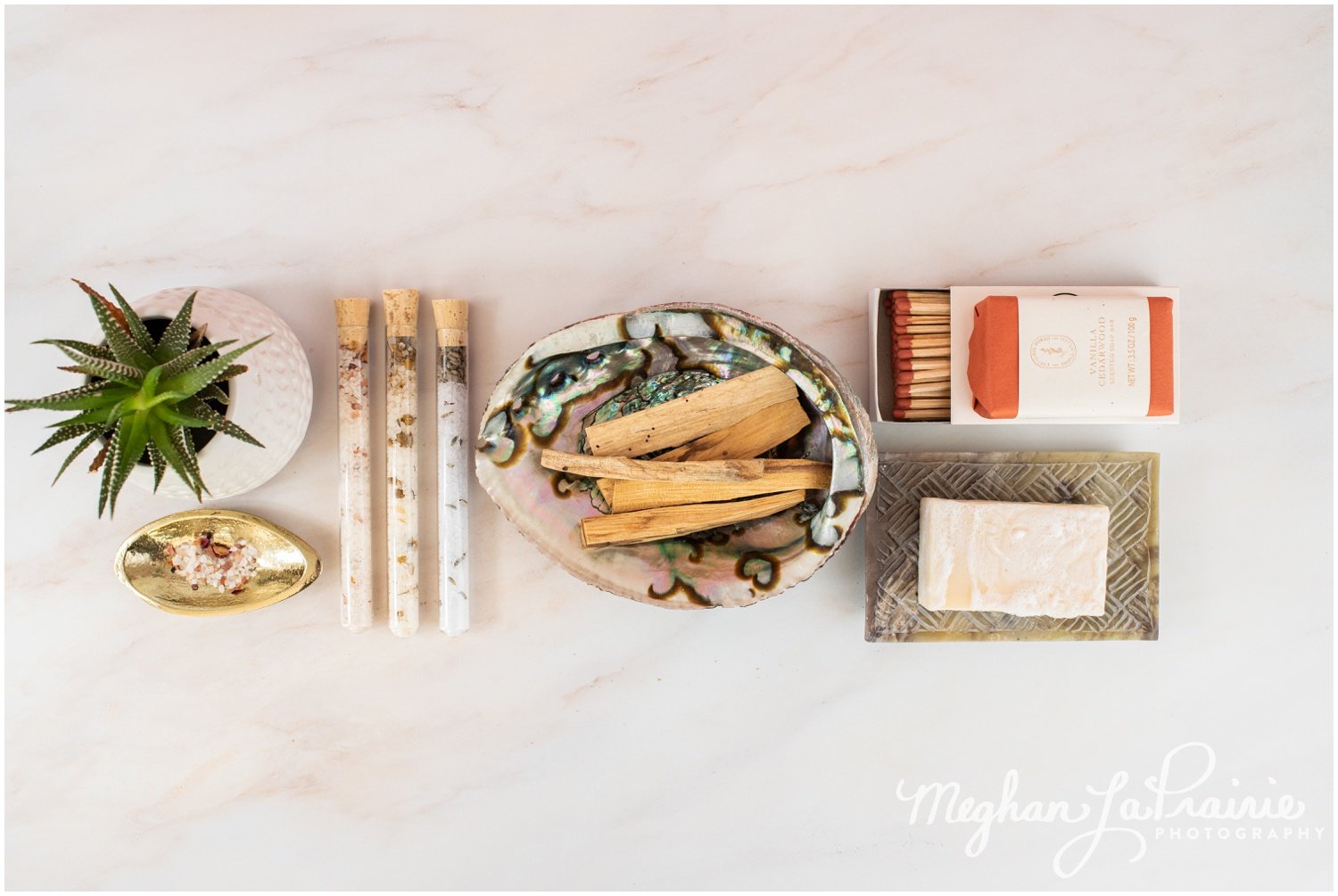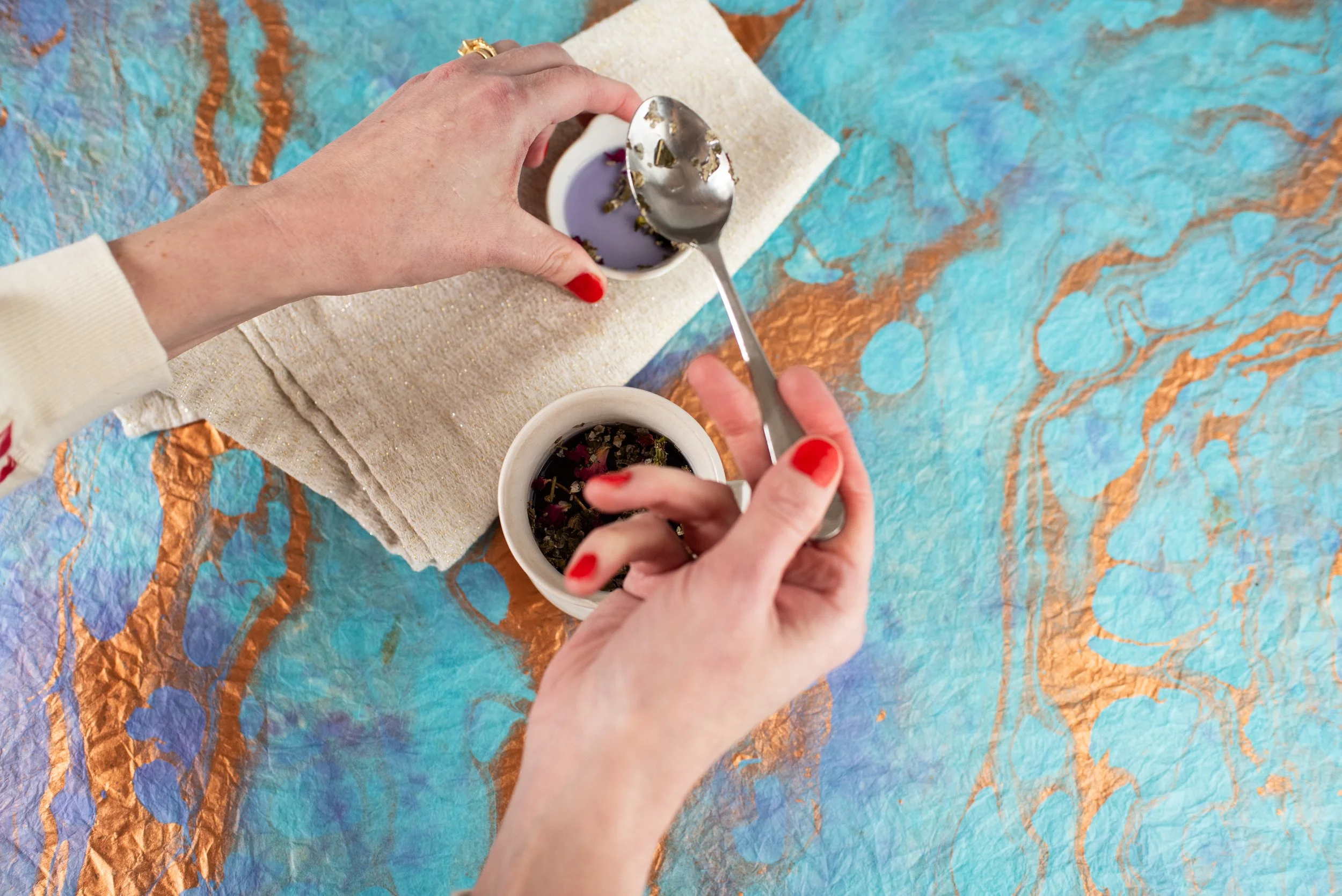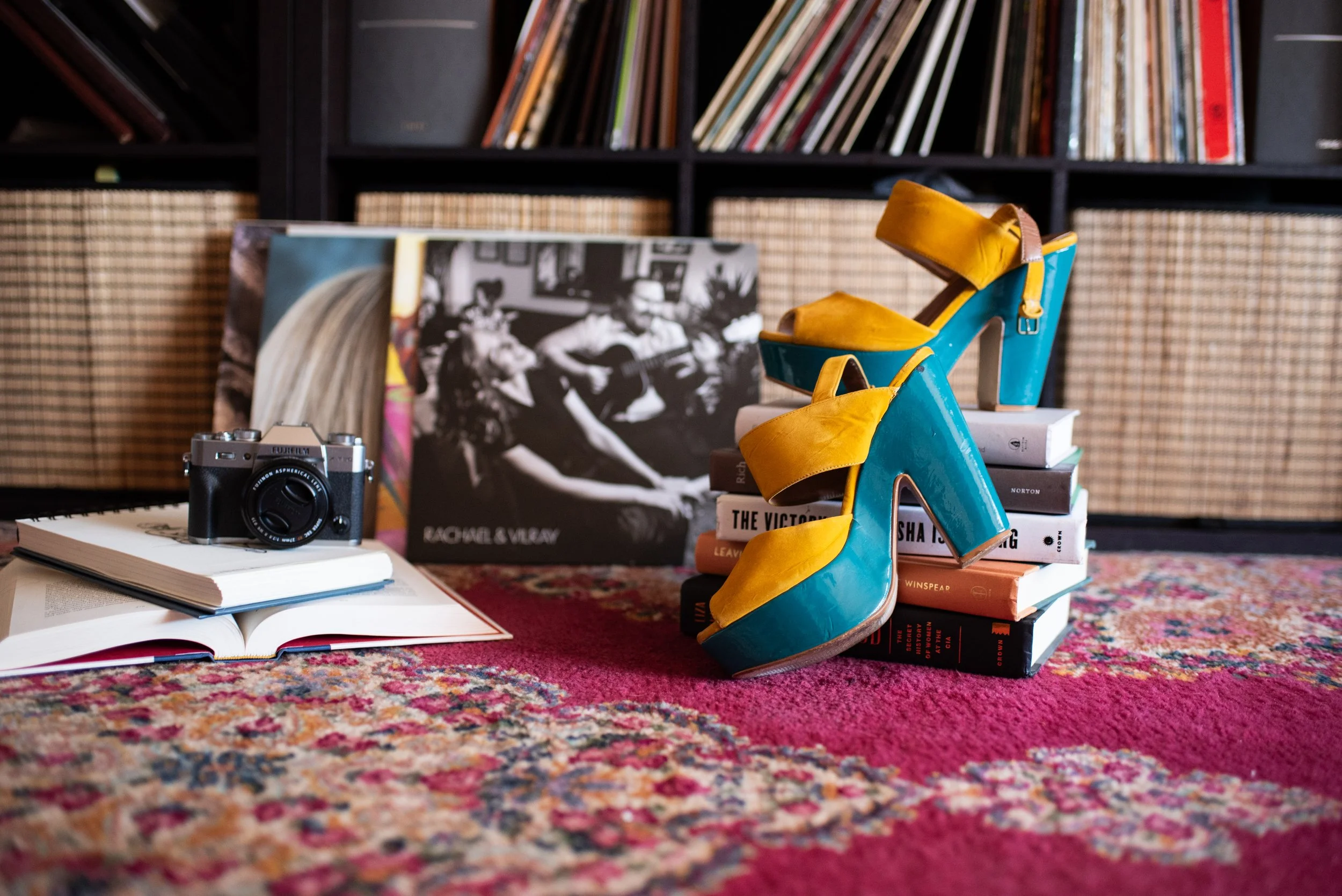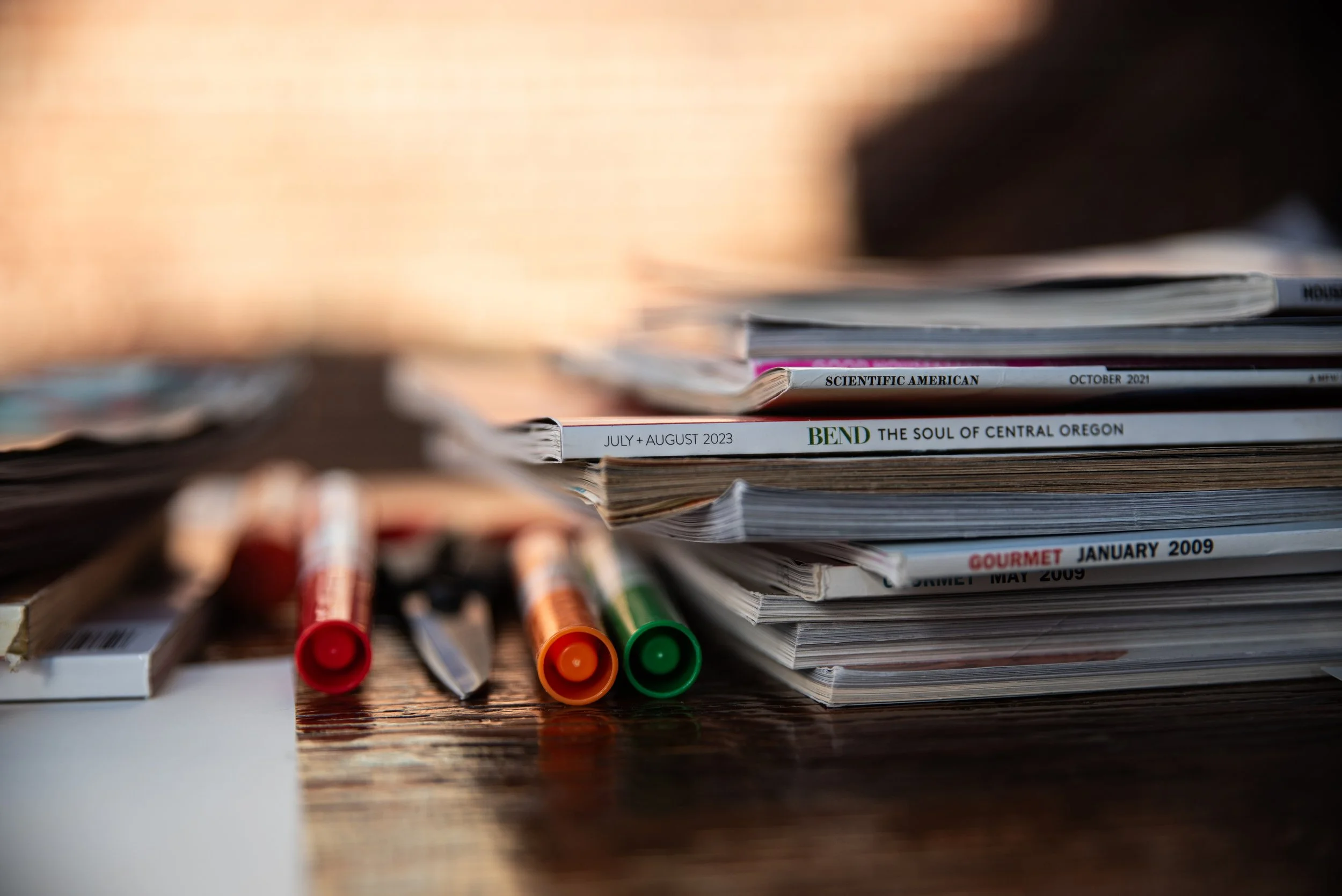Reflections
/A Reflection on Year One
And that brings us to December — already. It feels incredible to say that Enough. was only born at the start of this year, and here we are wrapping up our very first chapter together. I’ve had the privilege of working in so many homes, forming meaningful relationships, and learning so much about the stories we attach to our things.
I’ve seen how heavy it can feel to hold onto the shoulds and what-ifs, and I’ve seen the freedom and peace that follows when we’re finally ready to let go. If you’ve been part of this journey — whether as a client, supporter, sharer, or cheerleader — thank you. It matters, deeply.
I’d Love Your Help
I am looking to interview a few hardworking women who long for a home that feels like a sanctuary — but are overwhelmed by the stuff that gets in the way.
If that’s you, I’d love a quick 30-minute chat. Truly — this is not a sales call. It’s me listening, learning, and shaping something new that will support real women with real lives.
As a thank you? ☕️ Coffee is on me — you’ll receive a gift card after our conversation.
To raise your hand, simply reply “I’m in”. You’ll receive a link to book a time. 💛
And if you know someone who could use a little more ease and clarity at home in 2026… please feel free to share.
Rethinking Traditions & What We Carry Forward
This season always turns me inward. A few years back, a good friend and I created the Curious Nature podcast, and one of my favorite episodes dove into holiday traditions — which ones we hold onto and which ones we gently release.
Lately, I’ve been reflecting on generational patterns — the pieces of our history we carry, intentionally or not. Some traditions I treasure and love bringing forward:
- Holiday movie nights — each family member picks two seasonal favorites
- Driving around to see lights while enjoying Ghanaian food (a nod to our time living there)
- Recreating my partner’s family’s French holiday pie tradition, but with a pescatarian twist
- Decorating together with a nature-forward approach: a real tree, cozy candles, and winter greenery
And then there are the traditions that no longer feel aligned.
For me, gifts used to equal love — and sometimes they still do. But now I’m embracing something more sustainable and intentional: experiences over excess, memory over material.
I’m wrapping with reused tissue paper, reducing packaging, and focusing more on presence than presents… because at this point in my life, I have enough. (Actually — more than enough. You’ve heard me say this!)
Stepping Into 2026 a Little Lighter
As we move into the new year, my hope is that we each: ✨ Keep close the people who love us well ✨ Reach out to the ones who might need it most ✨ Look at what we already have ✨ Ask what we truly need ✨ Create space for clarity, peace, and joy
Thank you for being here — for reading, learning, letting go, and building a home that supports the life you want to live.
I’m thrilled for what’s ahead and can’t wait to connect with you in 2026.
With warmth and gratitude,
Meghan Founder, Enough.





